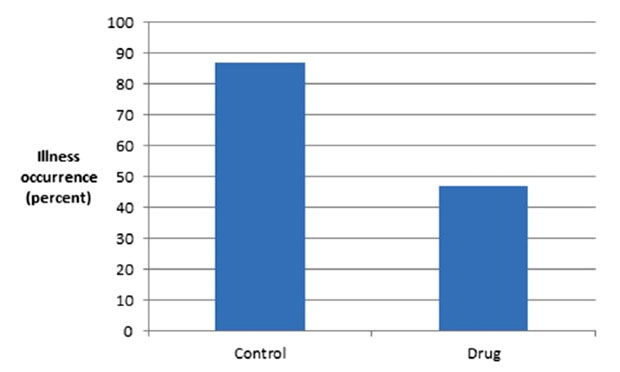
“New and improved!” is the oldest line in the advertising book, but it’s a book that has gotten plenty crowded in recent years. Once restricted to blazingly obvious banner ads, online advertisers now track users’ behavior and slip promotions into search results, Twitter feeds, and Facebook pages. Traditional ads have been joined by “native advertising,” which is designed to look like editorial content, and its ability to deceive consumers has received pointed attention from the Federal Trade Commission.
Whether ads are on broadcast media, in print, or online, their effectiveness has been the subject of substantial academic research. A 2013 study published in Political Communication found that for political advertising, most persuasion effects are short-lived, particularly with state and local elections. A 2011 study from the University of Toronto and MIT found that increasing online ad visibility could improve viewer interest, but could also backfire. “Contextually targeted” ads were found to increase a viewer’s interest more than highly visible ones, but tended to be less memorable.
These are not minor questions given the immense amount of money spent on advertising — a projected $182 billion in the United States alone in 2015. A fast-growing segment is direct-to-consumer advertising by pharmaceutical companies. According to a 2014 University of Pennsylvania study, pharmaceutical companies spent $3 billion on consumer advertising in 2012 — more than 20 times what they spent on clinical trials. Such ads often feature claims about the drugs’ effectiveness in an attempt to influence consumer decisions, often about subjects about which they had little understanding.
A 2014 study published in Public Understanding of Science takes a different approach in looking at how the presentation of ad content can influence its effectiveness. The study, “Blinded with Science: Trivial Graphs and Formulas Increase Ad Persuasiveness and Belief in Product Efficacy,” looked at how ostensibly “scientific” graphical elements in a medication ad can increase consumers’ belief in its effectiveness. The scholars — Aner Tal and Brian Wansink of Cornell University — used several experiments to explore their hypothesis.
In the first, 61 participants recruited through Amazon’s Mechanical Turk were given information about a medication that supposedly increased immune response and decreased the chance of catching colds. Half were shown a bar graph purportedly illustrating the medication’s effects and half were not. A second experiment, with 56 participants recruited from a U.S. university, tested whether any effects could be due to simple repetition — that the graphs presented the same information twice, visually as well as verbally. Finally, a third experiment with 57 participants concerned a drug that supposedly reduced inflammation; information to half the group was presented with a chemical formula, half without.
The study’s findings include:
- Together, the three experiments indicate that claims about medications were found to be more persuasive when accompanied by graphs and formulas. “This appears to be due to the association of such elements with science, rather than increased comprehensibility, use of visuals or recall.”
- Part of the graphs’ persuasiveness stems from their simplicity: They are easily understood, even if their scientific foundation, validity and essential truthfulness are opaque.
- Graphs may increase persuasion because of their “signaling” value. “Even understanding them and knowing that they provide no additional information, people may take their presence as a cue to the scientific nature of claims, leading to increases in persuasiveness due to scientific ethos.”
- The higher participants’ belief in science, the more they were affected by the presence of graphs and formulas.
“These findings demonstrate that companies can easily abuse the prestige with which science is held. Adding even trivial or peripheral elements that are associated with scientific objectivity can help persuade people of product efficacy,” the authors write. “This must be guarded against in a wide variety of different contexts, including advertising, product packaging, web-design, sales visits, and press releases.”
Related research: For more on the implications of the study, see a column by Justin Wolfers of the University of Michigan published in “The Upshot” blog of the New York Times. A 2011 article in Pharmacy and Therapeutics, “Direct-to-Consumer Pharmaceutical Advertising: Therapeutic or Toxic?” provides a historical overview and literature review on advertising by drug companies directly to consumers. They conclude that, based on currently available evidence, it has both positive and negative effects on consumers.
Keywords: media and science, medication, persuasion, public understanding of science, rhetoric of science and technology, science and pop culture, science communications, scientific ethos, scientific literacy
